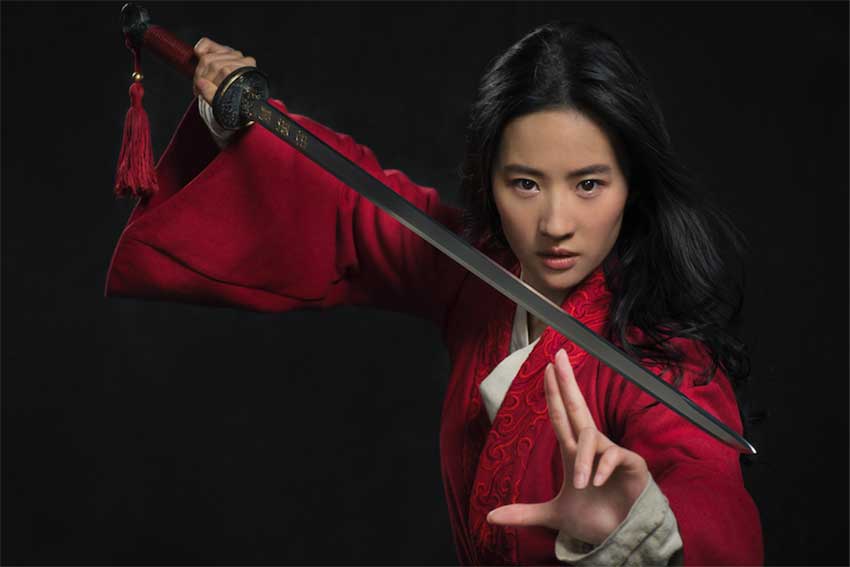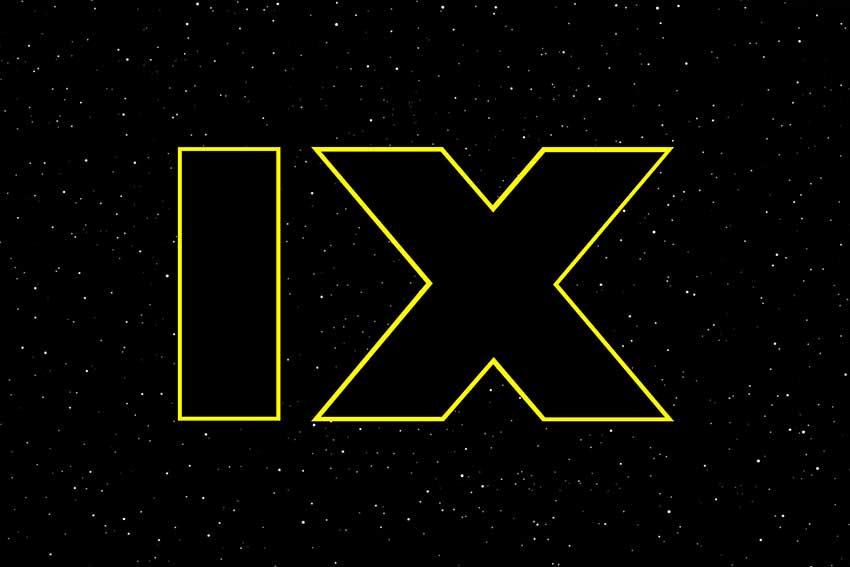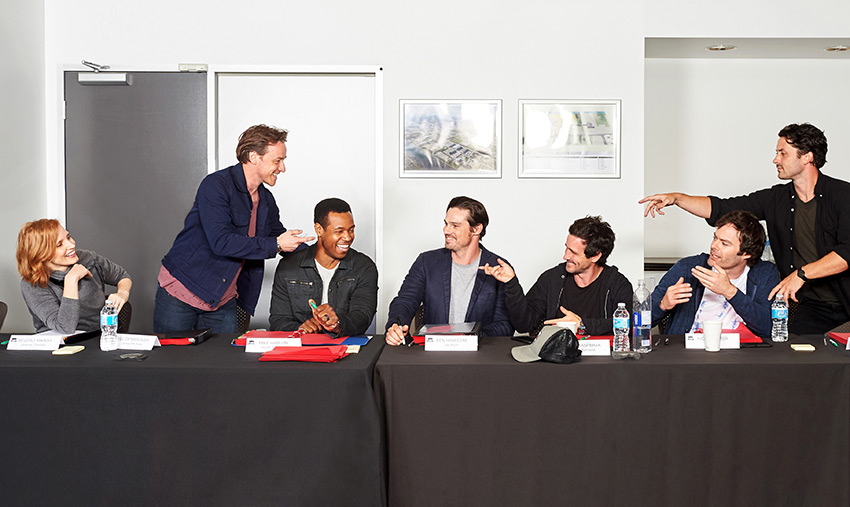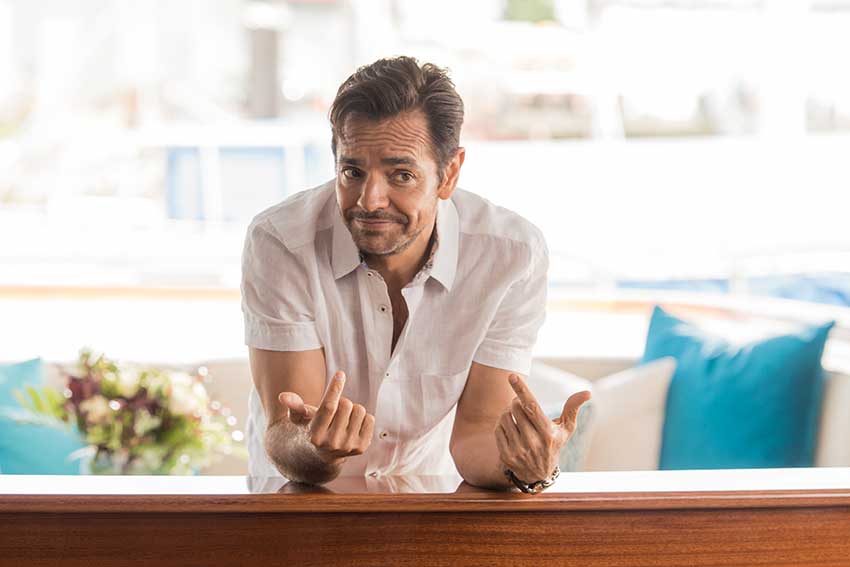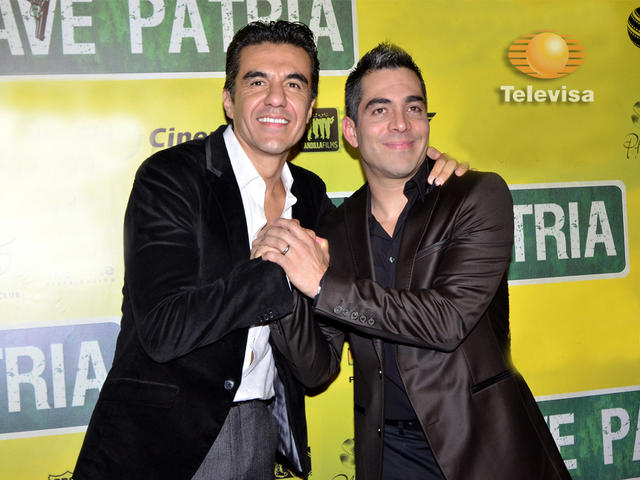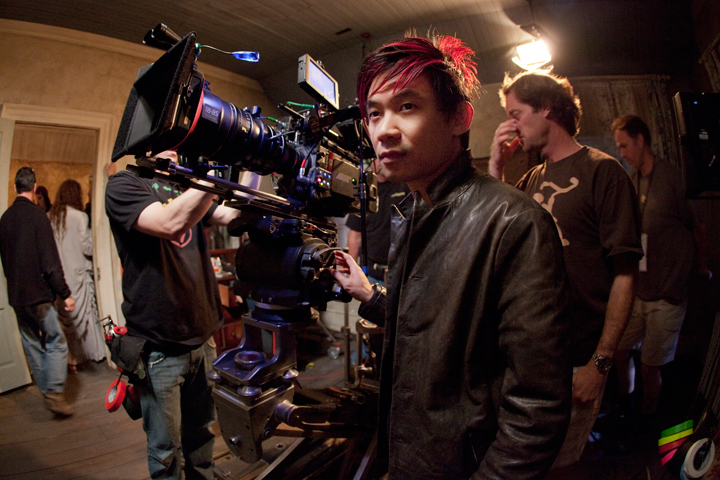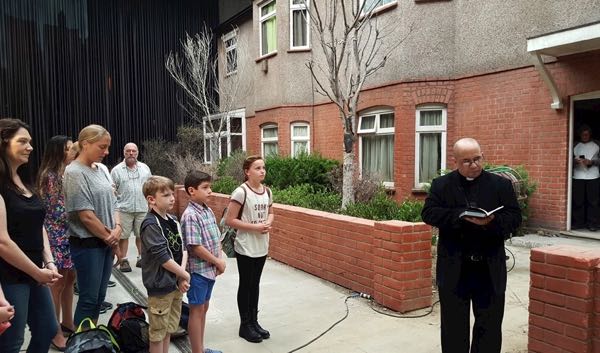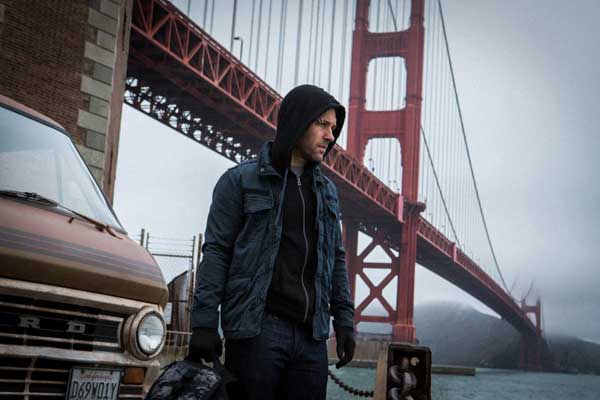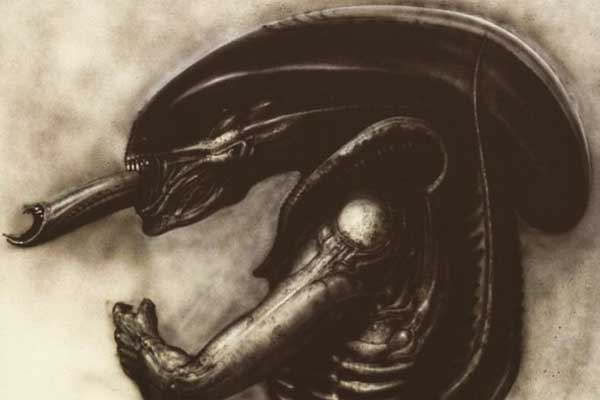'Joker' Begins Production with Joaquin Phoenix and Robert DeNiro
- Details
- Category: In Production
- Published: Monday, 17 September 2018 22:41
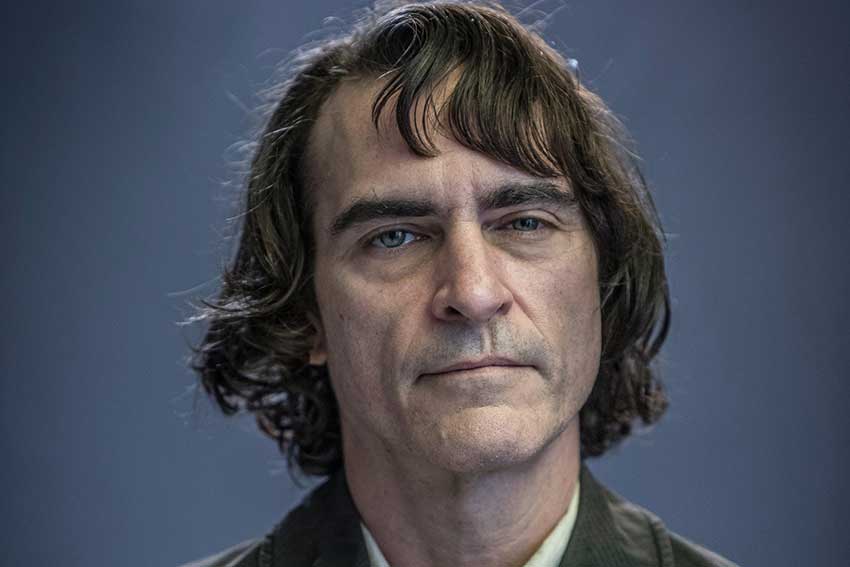
Todd Philips' JOKER origins story has begun production with Joaquin Phoenix as the iconic Batman villain, the Joker. Warner Bros. released a press release with information about the film including a description of the story as a "gritty" exploration of the man behind the makeup, Arthur Fleck. Read the official announcement below.
Add a comment
